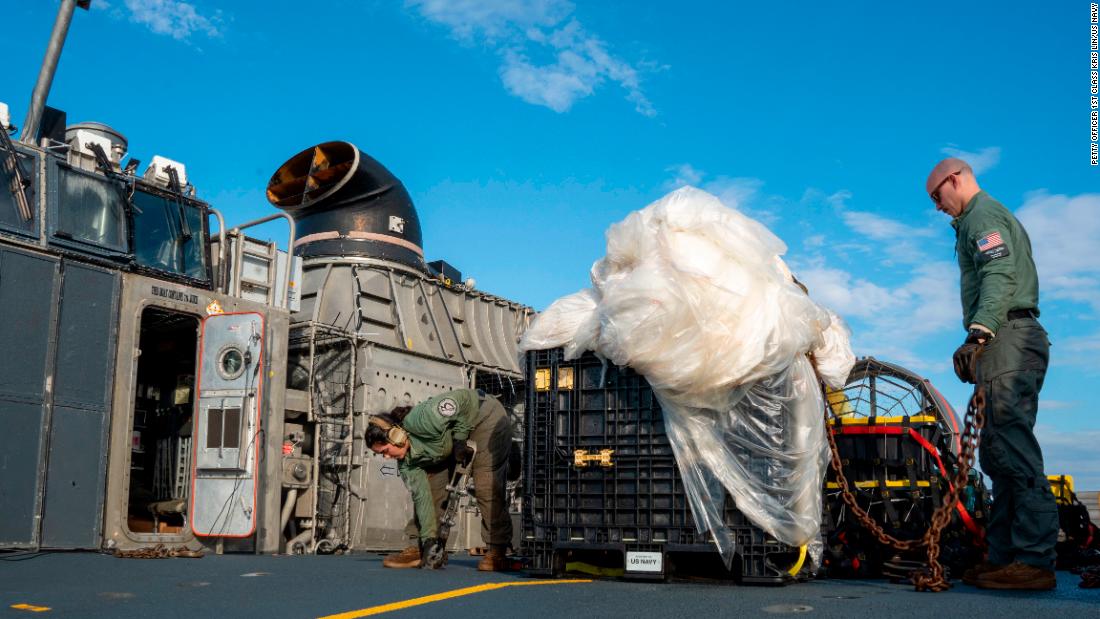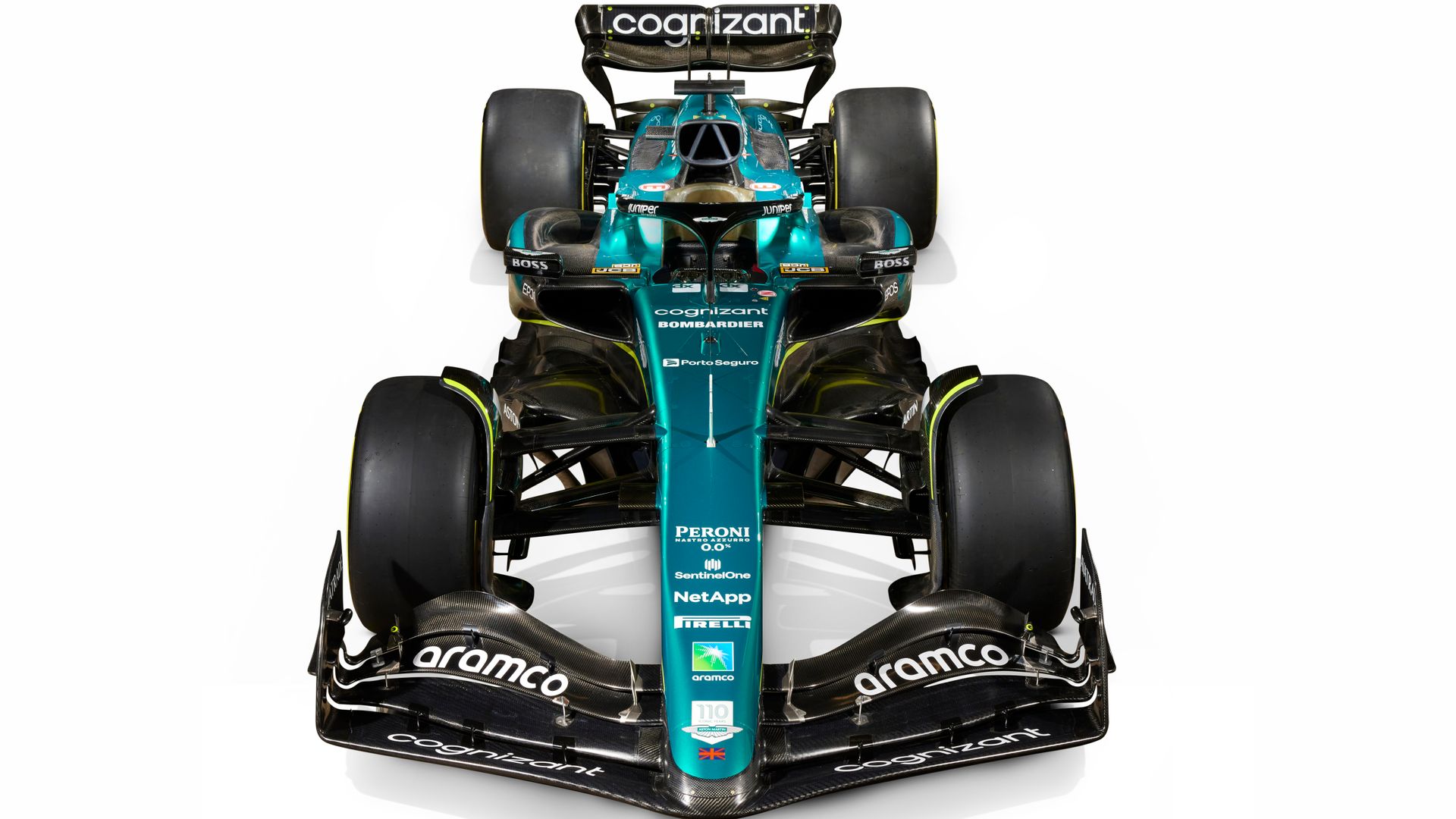Whether Poorly Labeled or Just Super-Potent, Today’s Marijuana Options Raise Concerns
As recreational marijuana becomes more available from state to state, experts say today’s high-THC cannabis products — vastly more potent than the joints smoked decades ago — are poisoning some heavy users, including teenagers.

As recreational marijuana becomes more available from state to state, experts say today’s high-THC cannabis products — vastly different than the joints smoked decades ago — are poisoning some heavy users, including teenagers, reports the New York Times.
In addition to uncontrollable vomiting and addiction, adolescents who frequently use high doses of cannabis may also experience psychosis that could possibly lead to a lifelong psychiatric disorder, an increased likelihood of developing depression and suicidal ideation, changes in brain anatomy and connectivity and poor memory.
While the average concentration of THC in cannabis samples seized by the Drug Enforcement Administration was about 4 percent in 1997, and 17 percent in 2017, today’s THC products can in some cases exceed 95 percent.
However, the potency of the products currently on the market is largely unregulated. And while cannabis is legal for recreational use in 19 states and Washington, D.C., and for medical use in 37 states and D.C., only Vermont and Connecticut have imposed caps on THC concentration.
Meanwhile, Bloomberg News reports that 23 state attorneys general have told lawmakers that congress must take action to stop the sale of confusingly labeled marijuana edibles, which often look like popular snack products but also contain tetrahydrocannabinol, and shield children from accidental marijuana consumption.

 Landwebs
Landwebs 























